In Big Bend National park they found neck bones of an Atamoseurus that weighed 1000 pounds each. The neck bones weighed that much, not the Atamoseurus. They also found bones of the Quetzalcoatlus – the largest flying creature to ever have lived. Its wingspan was 36 feet and it weighed just over 500 pounds. A model of its skeleton hovers over visitors at the dinosaur outpost in Big Bend National Park. Visitors would catch it out of the corner of their eyes and start, “Wow. What is that?” and gaze up at the giant predator with a new appreciation for what chipmunks feel when a hawk soars overheard. I turned to a total stranger for reassurance, “Jurassic Park was fiction right?” I didn’t want that thing coming after me if it had missed lunch.
I tried to imagine the desert landscape of Big Bend 130 million years ago when it was a marine environment, and 72 million years ago when it was an inland flood plain, and the 55 million years ago when it was volcanic highlands. I could empathize with the dinosaur deniers. It seemed impossible that this this baked landscape could ever have been lush and humid and sticky; that it ever smelled like moldy murkiness thick with mud and decaying leaves and rotting fruit, instead of hot sand; that giants lumbered among lush vegetation instead of insects and rodents scuttling among the yucca.
I think about the people I know whose personal landscapes weren’t always what they are now. Ralph can’t get out of a chair now but used to hike the Appalachia mountains. Debby’s acute mind shines through when we talk about politics but she forgets that her husband has died. Marge’s life used to revolve around the addictions of her son. A 12-step recovery community has helped her let go of the cycles of blaming and saving. Liz has created a new life following the death by suicide of her husband.
What other landscapes are buried beneath the current contours of the lives of the people around me? If I dug just a bit deeper what evidence of a whole other era would I discover? Would I be surprised by who they were or would I finally understand who they are?



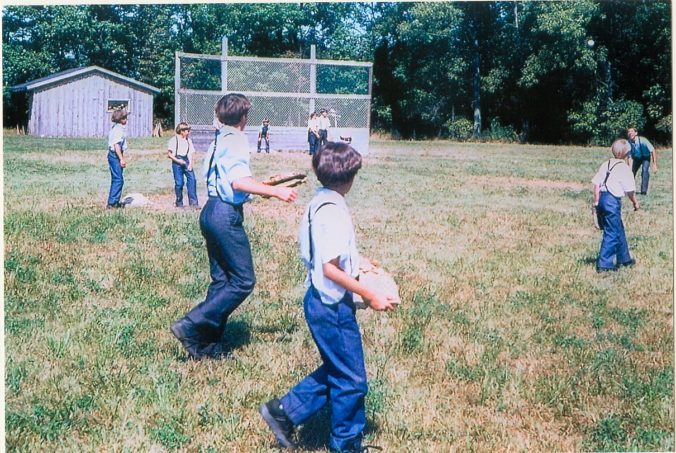
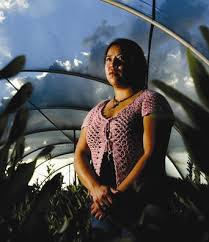
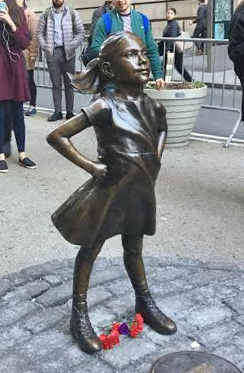


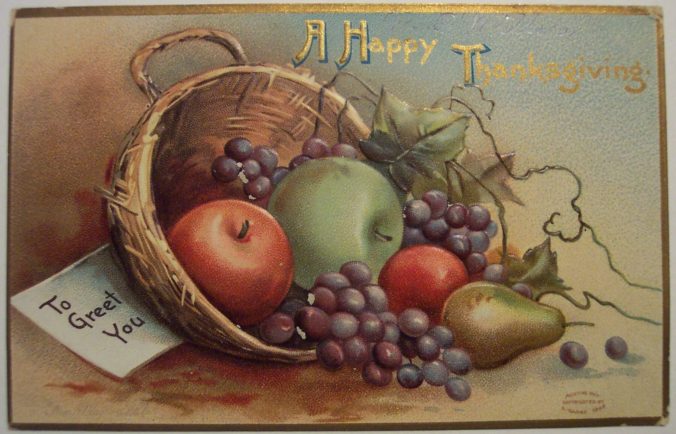
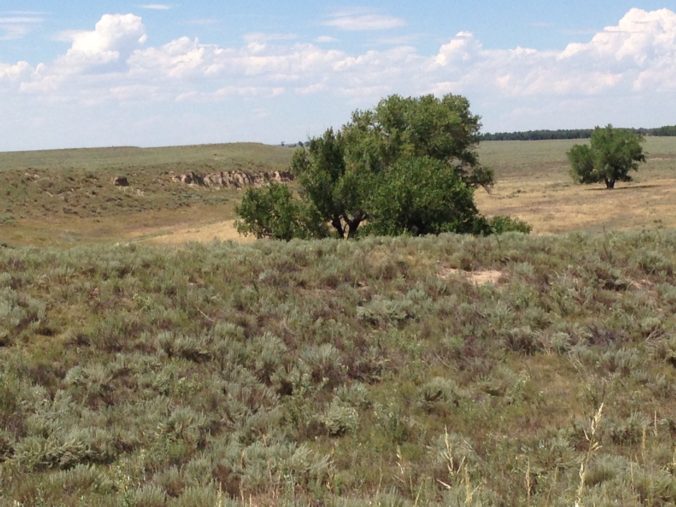
Recent Discussions